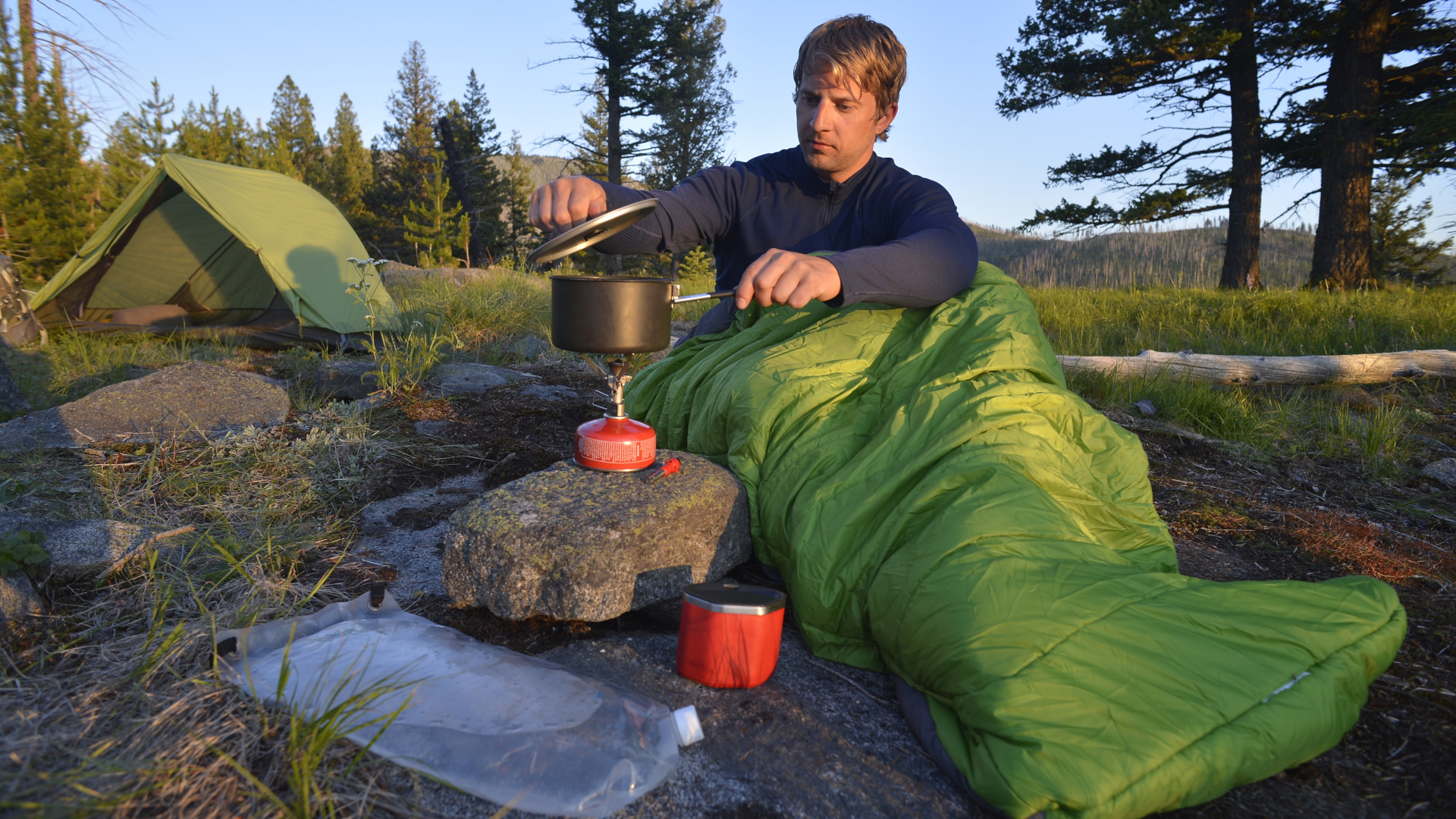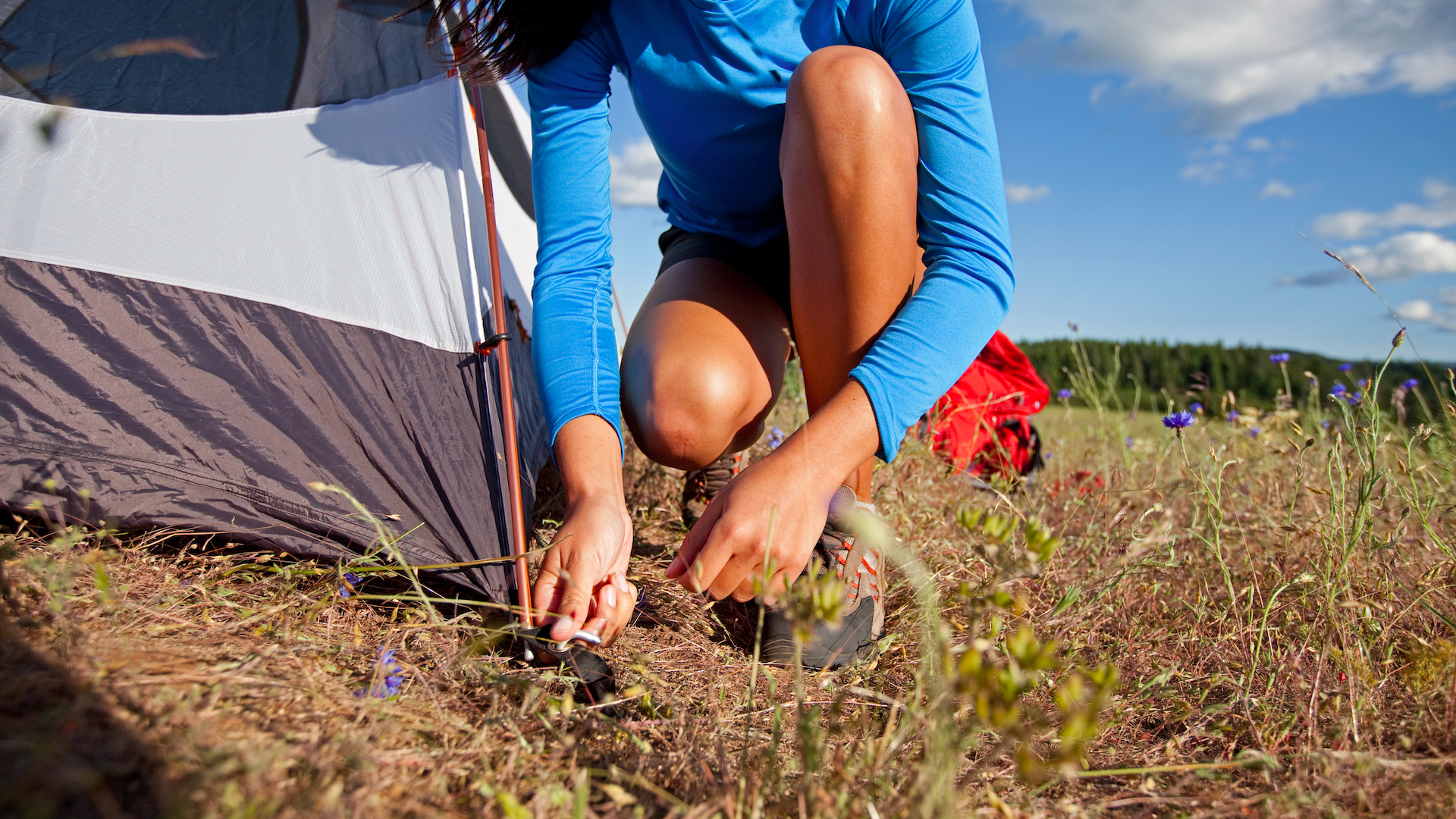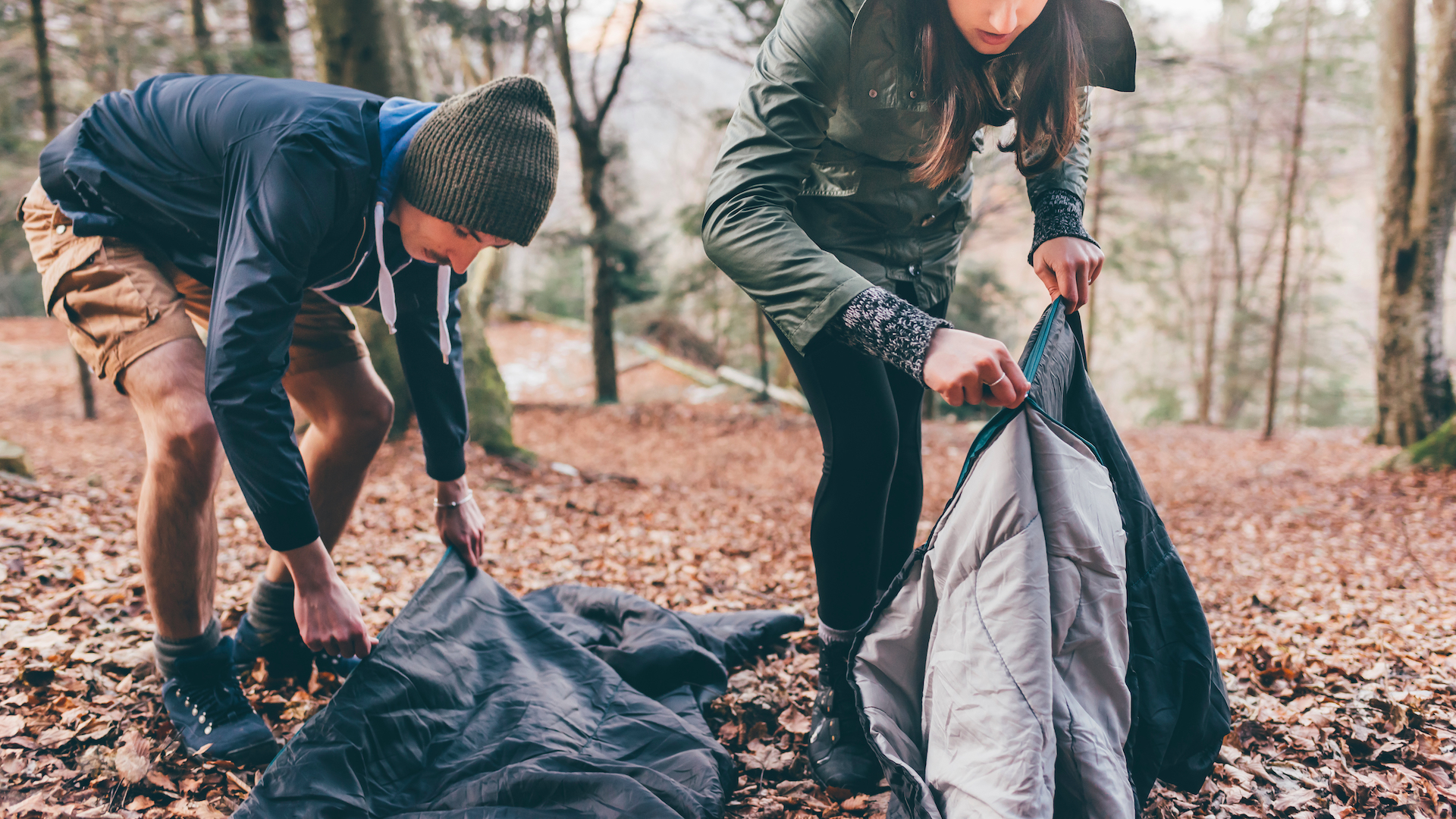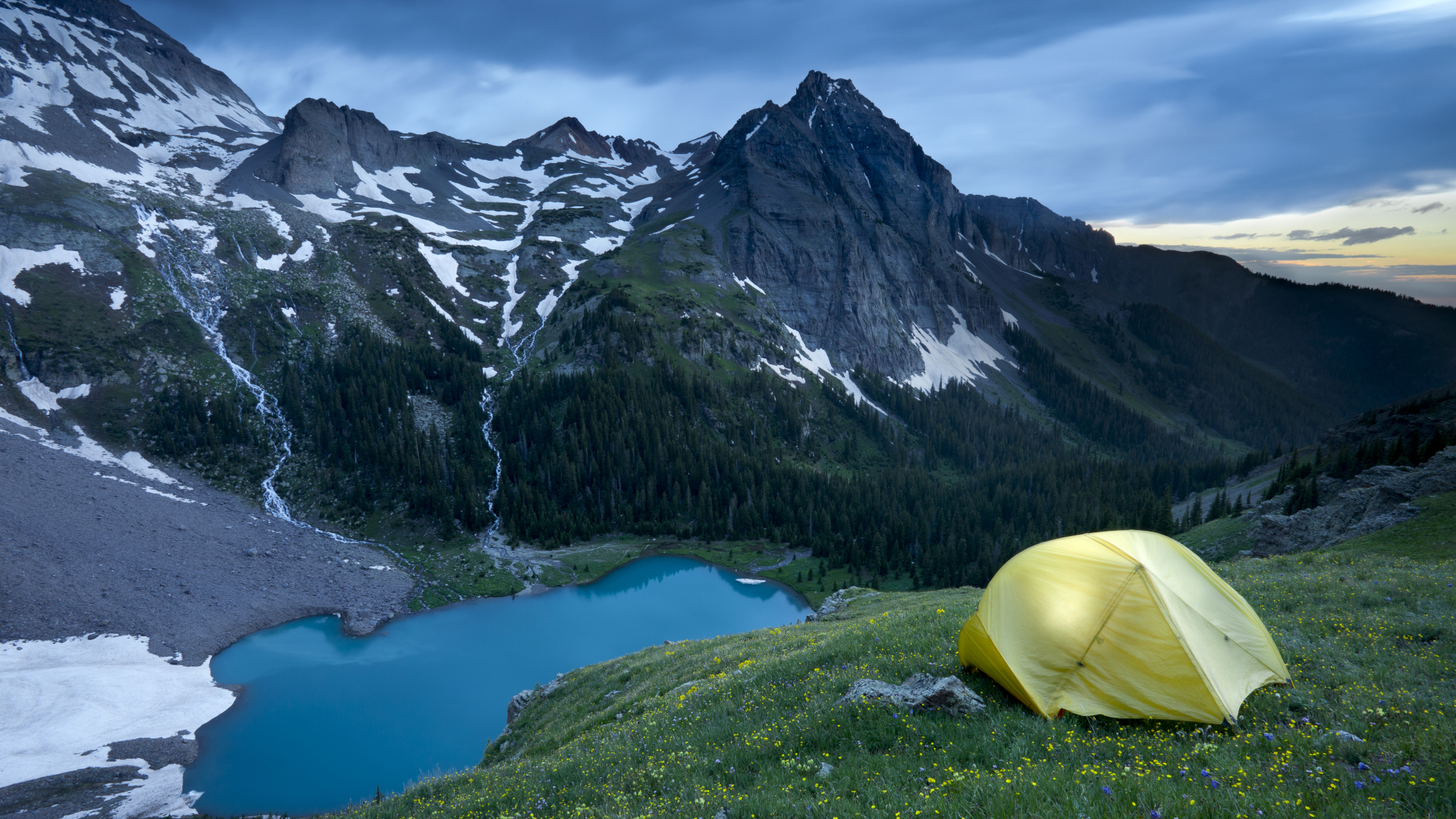What is dispersed camping? All you need to know about getting off-grid for nights in the wilderness
We dive deeper into this kind of primitive overnighting so you can discover what dispersed camping is, what rules you need to follow, where you can do it and what gear you’ll need

You've probably been there – your diary has cleared for the weekend, the weather forecast is looking great, you throw your camping gear in the car and drive out to a National Park, only to discover the campgrounds are all booked up. It’s a common frustration especially during peak season. You could hunt down a last-minute motel, or you could give dispersed camping a go.
But what exactly is dispersed camping and how do you find it? In this article, we break down exactly what it is, where it’s allowed in the US and how to find your own perfect pitch-up spot. Plus, we share the essential know-how you’ll need for a safe and enjoyable off-grid stay.
The main things you need to know are: it's fun, it's free, it's a great way to explore areas of the country you might not otherwise, and all you really need is a little bit of savvy.

What is dispersed camping?
Also called wilderness camping, primitive camping and boondocking, dispersed camping is a US term that means you’re not camping in a designated campground; in the UK it’s better known as wild camping. It can take place in lots of different places, from roadside pullouts to wilderness areas, but what each spot has in common is a distinct lack of amenities. You won’t need to pay to camp or even make a reservation, but you also won’t enjoy toilets, picnic tables or trash cans – dispersed camping is decidedly off-grid. Dispersed camping can be a great way to save money, see some of the loveliest parts of the country and camp spontaneously without making too many advance plans.

Is backcountry camping the same as dispersed camping?
Yes and no. Backcountry camping is a form of dispersed camping that always takes place in the wilderness, far from any roads, people and any other developments. However, not all dispersed camping is backcountry camping, because sometimes you’re literally dispersed camping on the side of a road, or just outside of a National Park. Perhaps think of backcountry camping and dispersed camping as distant cousins rather than the same thing.

Where can you find dispersed camping?
You can find dispersed camping in lots of places, but let’s start with a couple of places where you can’t find it. You can’t just pitch a tent on private land, unless you have permission from the landowner of course, and you can’t really go dispersed camping in US National Parks. Most national parks do have some backcountry campgrounds, and as we already explained that is a type of dispersed camping, but just so we’re being clear, you still need to make reservations and pay for a wilderness permit, so it’s a little different.
Outside of national parks, however, you can find a lot of dispersed camping on federal lands in the US, which account for almost 30% of the land here or 640 million acres, so that leaves a lot of places to pitch your tent. To help you narrow it down, you can usually find dispersed camping are the following areas:
All the latest inspiration, tips and guides to help you plan your next Advnture!
- National forests
- National grasslands
- BLM land
- Wilderness Management Areas
- Some trailheads
- A few state parks
These areas will be marked on any good map, and you can certainly visit government websites to find out about dispersed camping in advance, but with patience you can also just drive or hike in and look for spots.
Each area will have its own different rules and regulations regarding if you can camp, where you can camp and how long you can stay, so you should always check before you pitch a tent.

What state has the most dispersed camping?
We can’t answer this question with certainty, but as you might imagine, western states that have lots of public land and a smaller population will have lots of dispersed camping available. Think: Utah, Wyoming, Colorado, Arizona and California. In eastern states (and in Texas where there is virtually no public land), your best bet will be in National Forest areas.
What do you need for dispersed camping?
Well, basically you need everything for dispersed camping. Nothing is provided so unless you’re camping in your car or van, you’ll need to bring your best tent plus some or all the following, depending on how much comfort you want:
- A great sleeping bag
- Sleeping pad
- Camping stove
- Camping table
- Camping chair
- Camping cooler with all your food

Are there any rules for dispersed camping?
Even though it kind of sounds like a free-for-all, there’s actually more responsibility in dispersed camping than in frontcountry camping. Because there aren’t systems in place to monitor campers and pack out trash, it’s really up to you to make sure that you’re taking good care of the land. Here are some rules and guidelines to adhere to when you are dispersed camping:
- Leave no trace – everything that comes in with you must leave with you
- Pitch your tent where others have obviously done so before you
- Pitch your tent on clearings or bare soil when you can, rather than on vegetation
- Use existing fire rings when possible
- Practice campfire safety
- Don’t camp close to a water source
Julia Clarke is a staff writer for Advnture.com and the author of the book Restorative Yoga for Beginners. She loves to explore mountains on foot, bike, skis and belay and then recover on the the yoga mat. Julia graduated with a degree in journalism in 2004 and spent eight years working as a radio presenter in Kansas City, Vermont, Boston and New York City before discovering the joys of the Rocky Mountains. She then detoured west to Colorado and enjoyed 11 years teaching yoga in Vail before returning to her hometown of Glasgow, Scotland in 2020 to focus on family and writing.

